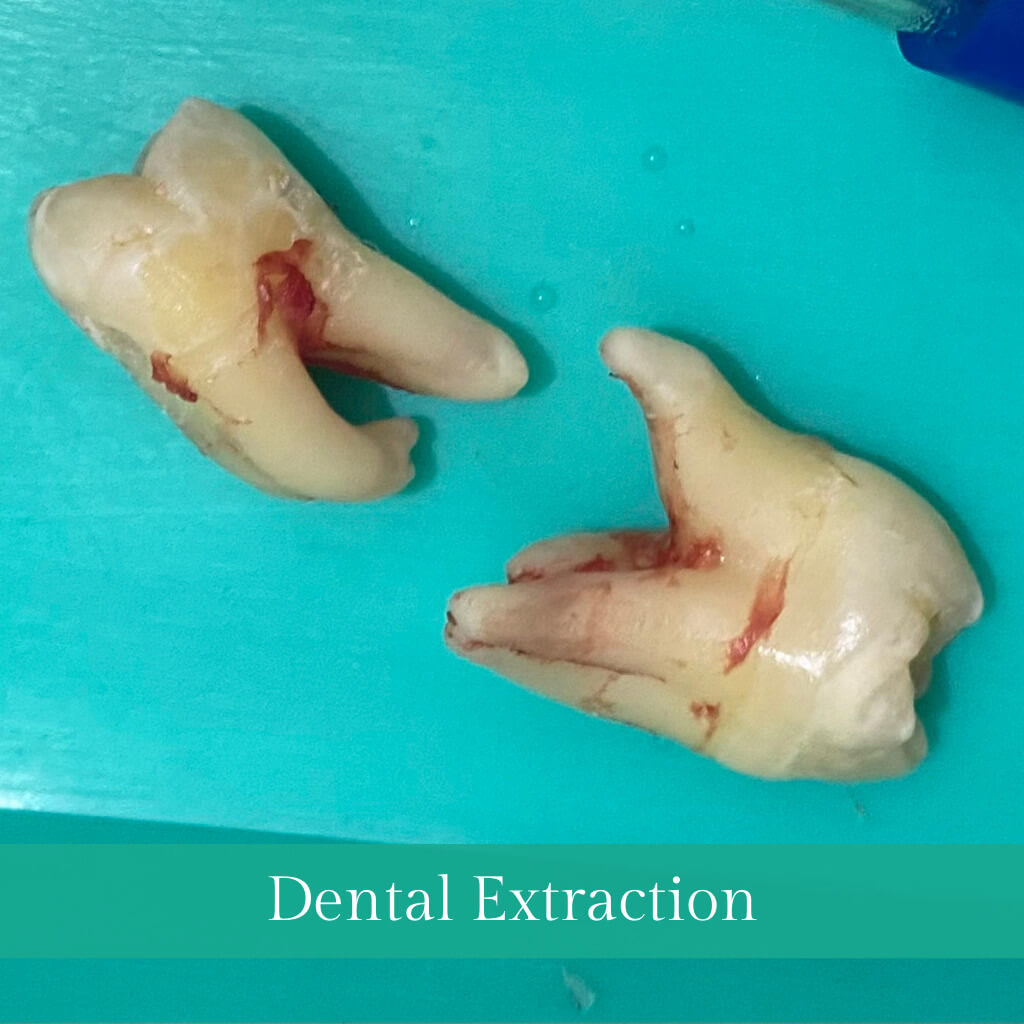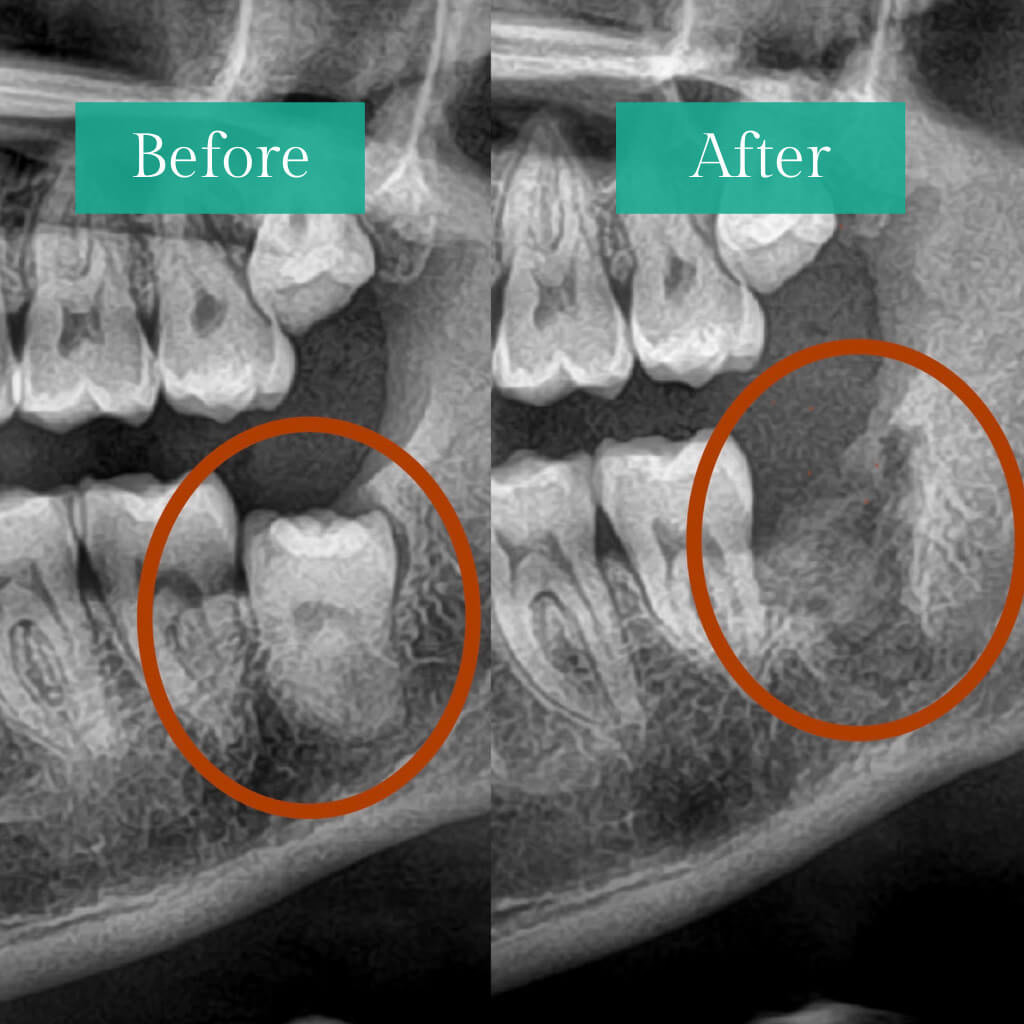Is Tooth Removal as Painful as It Sounds?
Think of a task so formidable that it's often likened to 'pulling teeth.' Throughout history, tooth extraction has been synonymous with difficulty and pain. However, today's dentistry has evolved to make this once-feared procedure a painless one.
In this article, we'll guide you through the entire process, showing you that it's not as intimidating as it may sound. We'll explore the effectiveness of anaesthesia and provide you with carefully crafted dietary recommendations for a smooth post-extraction recovery. Feel confident knowing that you're in the hands of experienced professionals.
So, read on and get ready to smile again.
Key Takeaways
- Tooth extraction is a common procedure done in a dentist's office.
- Anesthesia is used during the procedure to provide relief and may require medications or dietary restrictions.
- Discomfort after tooth extraction can be managed by following the dentist's instructions, using painkillers, and applying a cold compress.
- Adhering to dietary recommendations after tooth extraction and practising proper oral hygiene aids the healing process while minimizing the chances of infection.
What is Tooth Extraction?
Tooth extraction, which is also referred to as dental extraction or dental removal, involves the extraction or removal of a tooth or root from its socket within the bone. This procedure is usually carried out by an oral surgeon in situations where a tooth is damaged, decayed, infected, or contributing to other dental problems. Tooth extraction is categorized into two main types:
1. Simple Extraction:
A simple extraction is a dental procedure carried out on a tooth that is visibly accessible within the mouth. During this procedure, the dentist uses specialized instruments to gently loosen and extract the tooth using dental forceps. This type of extraction is often relatively quick and straightforward.
2. Surgical Extraction:
A surgical extraction becomes necessary when a tooth is impacted or has not fully erupted from the gumline or in case it is badly damaged or decayed. It may also be required for teeth with complex root structures. Surgical extractions typically involve making an incision in the gum and, if necessary, removing the tooth in sections.
Anesthesia in Tooth Extraction
One of the most critical factors in determining the level of pain experienced during tooth extraction is the use of anaesthesia. Dentists use various types of anaesthesia to ensure patients are comfortable and pain-free during procedures:
1. Local Anesthesia:
Local anaesthesia is the most common form of anaesthesia used in tooth extraction. The dentist injects a local anaesthetic into the tooth's surrounding area to numb it completely. This approach ensures that the patient does not experience any pain during the procedure, although they may still feel some pressure during the process.
2. Sedation:
For patients with dental anxiety or more complex extractions, sedation may be offered. This can include oral sedatives, intravenous (IV) sedation, nitrous oxide, or general anaesthesia. These options induce varying degrees of consciousness, from mild relaxation to complete unconsciousness, depending on the type of sedation used.
Managing Discomfort After Tooth Extraction
While the extraction itself should be relatively painless thanks to anaesthesia, it's essential to understand that some discomfort and pain are normal during the recovery period. The duration and intensity of this discomfort can vary, contingent on several factors, such as the complexity of the extraction and an individual's pain threshold. However, here is a general timeline of what to expect:
1. Immediate Post-Extraction:
After the extraction, it is common to experience some bleeding, swelling, and mild discomfort. Dentists typically provide patients with gauze to control bleeding and recommend applying an ice pack to reduce swelling.
2. First Few Days:
In the days following the extraction, you may experience increased discomfort, particularly as the anaesthesia wears off. Over-the-counter pain medications, as your dentist recommends, can help manage this pain.
3. One to Two Weeks:
Most people find that their discomfort significantly decreases within a week or two after the procedure. Full healing may take several weeks, but the worst of the pain typically subsides relatively quickly.
Post-Extraction Dietary Guidelines
After tooth extraction, it's important to follow certain dietary guidelines to ensure proper healing and reduce the risk of infection.
Immediate Post-Extraction Period (First 24 Hours):
- Stick to a soft or liquid diet: Consume only soft foods that require minimal chewing to avoid disturbing the extraction site.
- Cold foods: Ice cream, Dahi, and Kheer are good options, as they can help soothe the area and reduce swelling.
- Avoid hot foods and drinks: These can increase blood flow to the extraction site and potentially cause bleeding.
- Avoid Sodas: Sodas or effervescent drinks can lead to the dissolution or dislodgement of the blood clot formed at the extraction site and may later lead to a painful condition known as dry socket.
- Avoid Straws: Avoiding straws after a tooth extraction is advisable because the sucking motion can potentially dislodge the blood clot, which may impede the healing process.
- Limited Chewing: Minimize chewing on the side of the extraction site to prevent irritation.
- Stay Hydrated: Stay hydrated with ample water, but steer clear of extremely cold water to prevent discomfort.
Days 2-7 After Extraction:
- Continue with a soft diet: Gradually transition to more solid foods as tolerated, but still avoid hard, crunchy, or tough foods.
- Nutrient-rich options: Opt for foods like Khichdi, Porridge, oatmeal, Idli, and Dal.
Avoid Certain Foods:
- Hard and crunchy foods: Avoid chips, cookies, nuts, popcorn, and similar items that can be abrasive to the healing socket.
- Spicy and acidic foods: These can irritate the wound and lead to discomfort.
- Carbonated drinks: Avoid sodas and carbonated beverages, as the carbonation can disturb the clot and cause pain.
- No Smoking and Alcohol: Smoking and alcohol can hinder the healing process and interact with medication, leading to adverse reactions. Try to refrain from these substances during the recovery period.
Monitor for Complications:
Monitor for signs of infection, such as excessive pain, swelling, redness, or fever. Contact your dentist if you suspect an issue.
Follow-up Appointments:
Attending all your scheduled follow-up appointments with your dentist is crucial to promote proper healing and prevent potential complications.
Following these post-extraction dietary guidelines will help to minimize dental pain, reduce the risk of infection, and decrease the healing time.
Oral Care and Maintenance Following Tooth Extraction
Oral care after a tooth extraction is crucial for a successful recovery. Your dentist will provide instructions on how to best care for your mouth post-operatively to reduce the risk of infection and promote healing.
Immediate Post-Extraction Care (First 24-48 hours):
- Protect the Blood Clot: Be careful not to disturb the essential blood clot forming in the extraction site.
- Apply Gauze Pressure: Utilize a clean gauze pad provided by your oral surgeon to apply gentle pressure for bleeding control. Change it as necessary.
- Rest and Limit Activity: For the initial 24-48 hours, prioritize rest and avoid strenuous activities to minimize bleeding and promote healing.
Oral Hygiene:
- Gentle mouth Rinse: After the first day, rinse your mouth gently with warm salt water (dissolve 1/2 a teaspoon of salt in 8 ounces of warm water) after meals and before bedtime to maintain cleanliness.
- Avoid Brushing Near the Extraction Site: Refrain from brushing directly over the extraction site initially to prevent irritation. Focus on thorough cleaning of the rest of your mouth.
- Use a Soft Toothbrush: When you resume brushing the extraction area, select a soft-bristle toothbrush for a gentle touch.
- Caution When Spitting: Avoid vigorous spitting, as it can dislodge the blood clot. Instead, allow excess toothpaste and saliva to dribble out.
- No Smoking or Tobacco Products: Stay away from smoking or tobacco, as they can impede healing and heighten the risk of complications.
Signs of Complications:
If you notice any of the following symptoms, contact your dental professional promptly:
- Severe or prolonged bleeding
- Increased swelling or pain after a few days
- Persistent fever or chills
- Foul taste or odour in the mouth
- Pus or discharge from the extraction site
- Difficulty breathing or swallowing
Always be sure to attend the follow-up appointment to check for signs of infection and receive additional advice. Adhering to these steps will promote a healthy and successful recovery.
FAQ’s
Conclusion
Tooth extraction may sound painful, but it doesn't have to be that way. With proper anaesthesia, discomfort can be managed, and post-extraction care can help to ensure a healthy recovery.
So, don't let fear prevent you from getting the dental care you need. Like a sun rising over the horizon, the experience of getting your teeth removed can be a new beginning.




